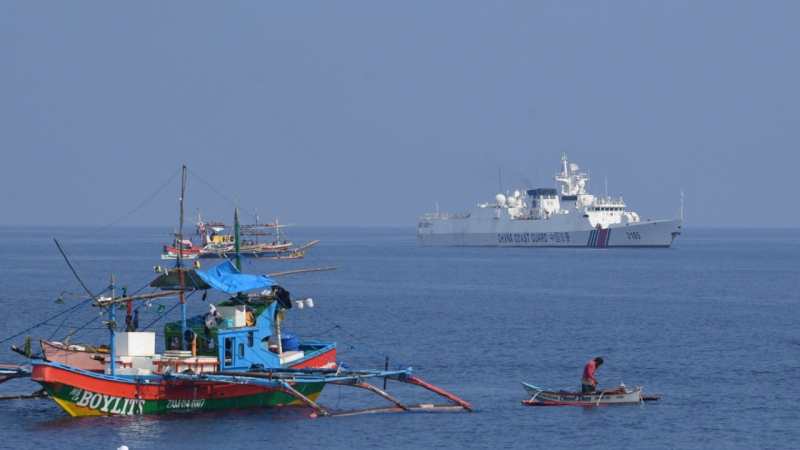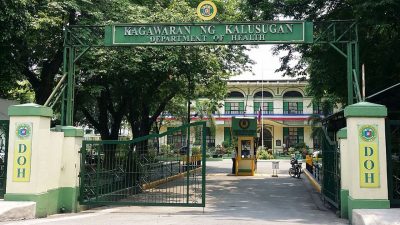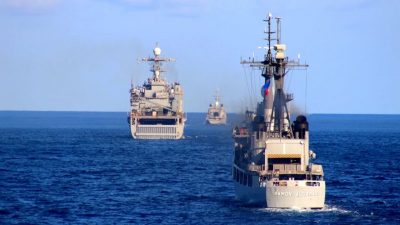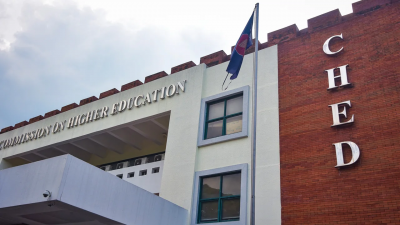THE Philippine Coast Guard (PCG) has launched an intensive search operation in the West Philippine Sea to locate the vessel that collided with a fishing boat from Subic, Zambales, resulting in the tragic loss of three Filipino fishermen on September 30th.
Alexander Corpuz, the PCG Pangasinan station commander, stated in a telephone interview, “We have dispatched an investigative team to interview the surviving fishermen and gather additional information.”
Eleven fishermen managed to survive the incident and arrived at the coastal village of Cato in Infanta town, Pangasinan, on the morning of October 3rd. One injured fisherman received immediate medical attention under the supervision of Richie Domingo from the Infanta Municipal Disaster Risk Reduction and Management office.
The deceased fishermen have been identified as Dexter Laudencia, 40, the boat’s skipper and owner, along with crew members Benedicto Olandria, 62, and Romeo Mejico, 38. Their remains were transported to their homes in Subic on October 4th.
As of Wednesday morning, the PCG had limited information about the vessel responsible for the collision, except that it was traveling southbound and was a commercial ship. However, one survivor described the vessel’s color as blue, as reported by Napoleon Domalanta, the village chief of Cato.
The incident occurred at approximately 4:30 a.m. on September 30th while the fishermen were engaged in fishing activities near a “payao” located approximately 190 nautical miles (351.88 kilometers) northwest of Infanta, Pangasinan. A “payao” is a floating artificial reef constructed from small bamboo rafts with palm leaves hanging beneath them to attract small fish, which, in turn, attract larger fish.
“It was the fourth payao that they had visited during that fishing trip,” mentioned Corpuz. The fishermen had departed from Subic on September 26th aboard their fishing vessel, F/B Dearyn. Inclement weather conditions forced them to secure their boats at the payao on September 30th.
Domalanta explained, “It was dark and raining, and they could not have noticed the approaching ship.” The adverse weather they encountered was described as “tribunada,” characterized by a violent gale and blinding rain.
It was also noted that one of the fishermen had mentioned that the payao was within an international shipping lane.
Corpuz emphasized that the fishermen’s location at the time of the collision was only 10 nautical miles (18.52 kilometers) away from the boundary of the Philippines’ exclusive economic zone. He further mentioned that the three deceased fishermen had sustained head injuries, suggesting a direct impact on the ship.
The other fishermen survived because they were in smaller boats typically carried by the larger fishing vessel during expeditions. These smaller boats were used to sail back to shore until they reached Cato.
“They docked here because we are nearer than Subic. They have been traveling for three days. That’s why the deceased were already in an advanced stage of decomposition,” added Domalanta.
This incident recalls a similar tragedy in June 2012 when a ship collided with a fishing boat near a payao in the West Philippine Sea. One fisherman from Bolinao town lost his life, and four others went missing. The ship, marked with Chinese characters on its stern, went northward, but it was never located.
(ai/mnm)







